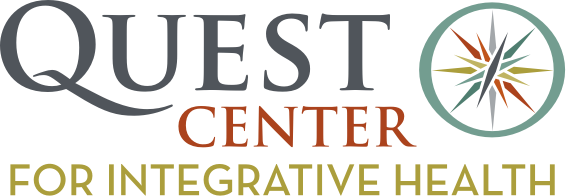ACUPUNCTURE, EXERCISE, AND RELAXATION: THREE THINGS YOU CAN DO FOR NATURAL CHRONIC PAIN RELIEF
We know that the search for chronic pain relief amidst the various chronic pain resources out there can feel overwhelming. Not only are there copious amounts of medications, pain management techniques, chronic pain management groups and devices for chronic pain that are offered at each pain management clinic, but then there are the different ideologies and strategies for what works for each individual’s goals and temperament.
When it comes to long term pain management, it’s important not only to consider immediate results but your overall health and lifestyle and how different treatment plans will affect your long term chronic pain relief. Side effects and addictions to medications such as opioids can often complicate things and impact your long term and holistic health. This is why many are seeking natural chronic pain relief modalities.
When beginning the journey to search amidst the chronic pain resources for alternatives to opioids, it can help to understand three umbrella alternative therapies that can often alleviate the need for invasive procedures or further medications. These three therapies include:
Physical therapies
Behavioral therapies
Cognitive therapies
Acupuncture, exercise, and relaxation techniques are common simple steps one can take that offer a mix of the three therapies for natural chronic pain relief.
1. Acupuncture and acupressure
Chinese medicine offers various pain management techniques that can be incorporated as part of a long term pain management plan.
Acupuncture and acupressure are common traditional Chinese medicine practices that are used. Both acupuncture and acupressure can relieve pain both immediately and gradually over time by stimulating designated points in the body, often by inserting small needles into the skin Acupuncture works by utilizing the network of energy that flows through the body and connects various points through pathways called “meridians.” The meridians all form a network that circulates an energy called Qi.
Qi moves like an electrical current. As long as the energy (Qi) has the appropriate strength and balance, and the flow is not blocked, healthy functioning of the body continues. The body often releases endorphins which can block pain.
2. Exercise & Physical Therapy
A fair portion of pain can be attributed to tight muscles which could be triggered by inflammation, too much use, or other conditions. Physical therapy and exercise are regular facets of a long term pain management plan.
since exercise is a critical component in relieving pain. The following is a list of common positive effects from exercise:
releases endorphins
strengthens muscles
improves sleep patterns
increases the mobility of joints
reduces overall pain
3. Relaxation
Relaxation techniques are often integrated into Pain management techniques as part of a long term pain management plan. Not only are they effective in helping to reduce stress, but they are often successful in decreasing muscle tension and inflammation. Some relaxation techniques include:
meditation and mindfulness
massage therapy
yoga
breathing exercises
Similar to other exercises, yoga also possesses added benefits for chronic pain relief by strengthening muscles and overall flexibility.
Not only do these three practices (and other alternative lifestyle therapies) offer natural chronic pain relief but they also encourage people to take a more authoritative role in their own practiced pain management techniques.
At Quest Center, the WISH program is interested in treating pain using methods that provide an alternative to opioids and put you on a self-empowering path to receive as much natural chronic pain relief that works for you step by step.
Quest implements long term pain management services that fall under behavioral, cognitive, and physical therapies. Services include those listed above and many more which aim to provide sustainable natural chronic pain relief. These services include acupuncture, Chinese medicine, wellness movement (such as yoga), mental health groups, peer support, substance abuse treatment, and nutrition guidance.
If you are interested in exploring a supportive pain management clinic that offers chronic pain management groups or if you are simply looking to explore more chronic pain resources, we hope that you will consider Quest Center’s WISH program which offers variety, diversity, and integrative holistic health approaches customized to each person across all of our chronic pain management groups.
